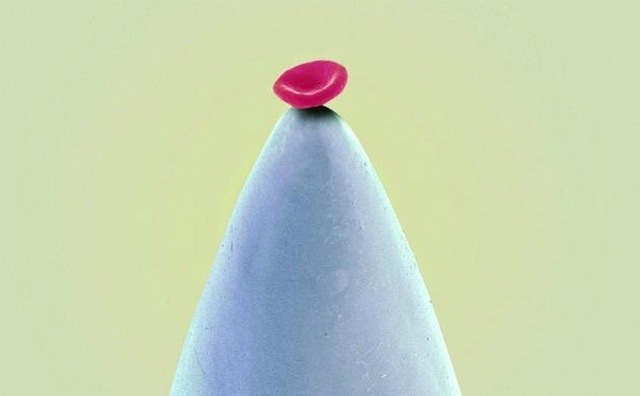
Researchers at The Scripps Research Institute used test-tube evolution to create a unique enzyme, known as ribozyme, that might have been crucial in the origins of life.
A study published Wednesday in the journal Nature reveals that scientists at The Scripps Research Institute (TSRI) in San Diego, California have mimicked natural evolution in a test tube to produce an enzyme with unique properties, which may be critical in understanding the origins of life on Earth.
The study was led by Gerald Joyce, a professor in TSRI’s Departments of Chemistry and Cell and Molecular Biology and director of the Genomics Institute of the Novartis Research Foundation. “When I start to tell people about this, they sometimes wonder if we’re merely suggesting the possibility of such an enzyme—but no, we actually made it,” said Joyce in a recent statement.
The new enzyme is known as a ribozyme, made from ribonucleic acid (RNA). According to the statement, the new ribozyme helps knit together a copy strand of RNA using an original RNA strand as a reference. However, instead of making an identical copy, the ribozyme makes a copy of a mirror image of itself – similar to left hand to right hand – and from there, the “left-hand” ribozyme can help make copies of the original.
This study shows the first-ever attempts to make a ribozyme that worked cross-chirally, on opposite-handed RNA. Joyce laboratory postdoctoral fellow Jonathan Sczepanski used a technique known as “test-tube evolution” to create the ribozyme, starting with a soup of about a quadrillion (1015) short RNA molecules that all had right-handed chirality. “We set it up so that the molecules that could catalyze a joining reaction with left-handed RNA could be pulled out of solution and then amplified,” said Sczepanski.
The result was an 83-nucleotide ribozyme that was moderately sequence-specific and had the ability to knit a test segment of left-handed RNA to a template. This process could be accomplished about a million times faster than what would happen without the assistance of enzymes.
The researchers are now working to put the right-handed ribozyme and its left-handed partner through additional selection rounds. This would allow it to mediate the full replication of RNA with essentially no dependence on sequence, making it a true general-purpose RNA-replication enzyme.
“Ultimately what one wants is to turn it loose—in the lab, of course, not in the wild—to let it start replicating and evolving and seeing what results,” said Joyce.
Leave a Reply